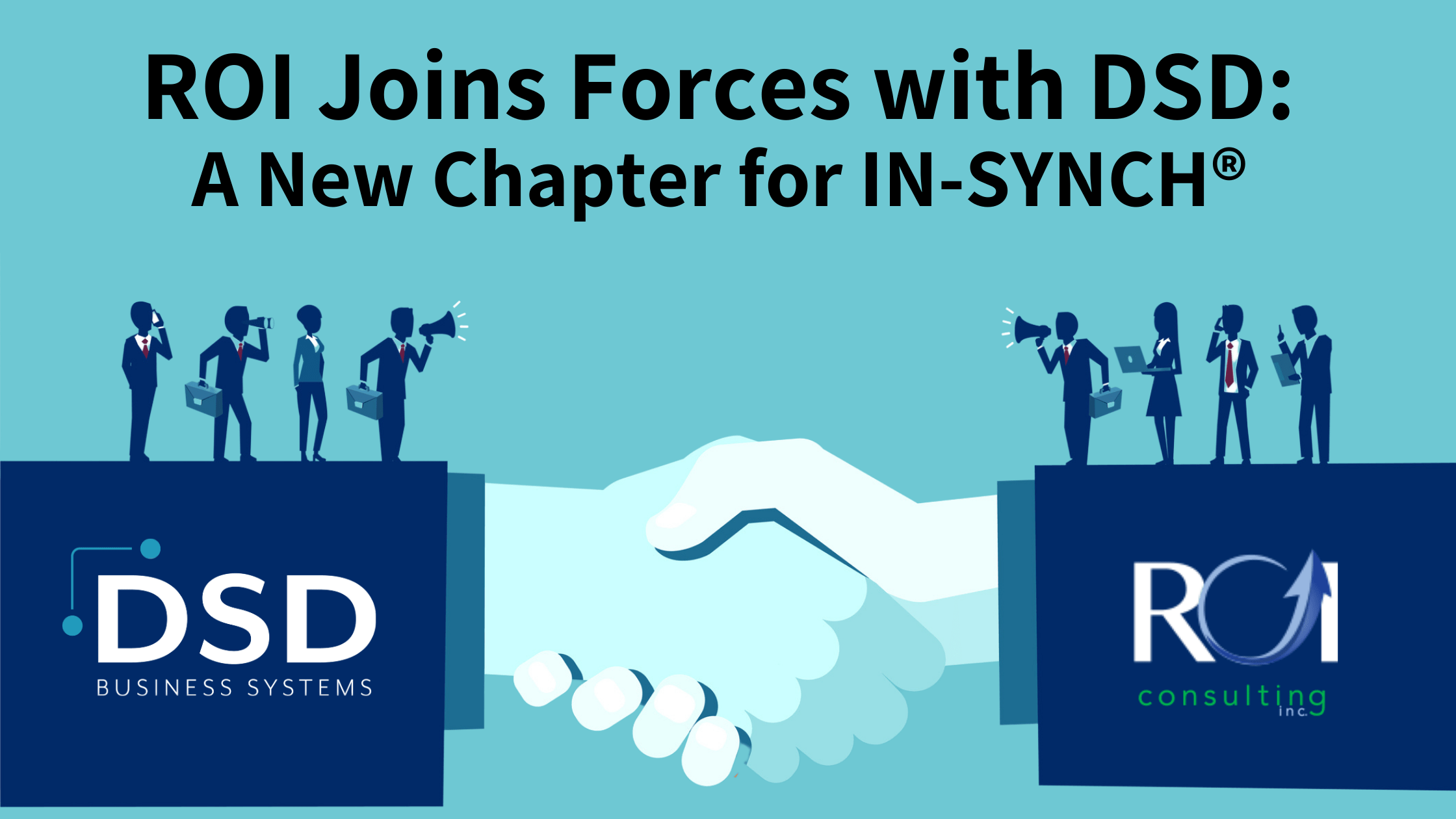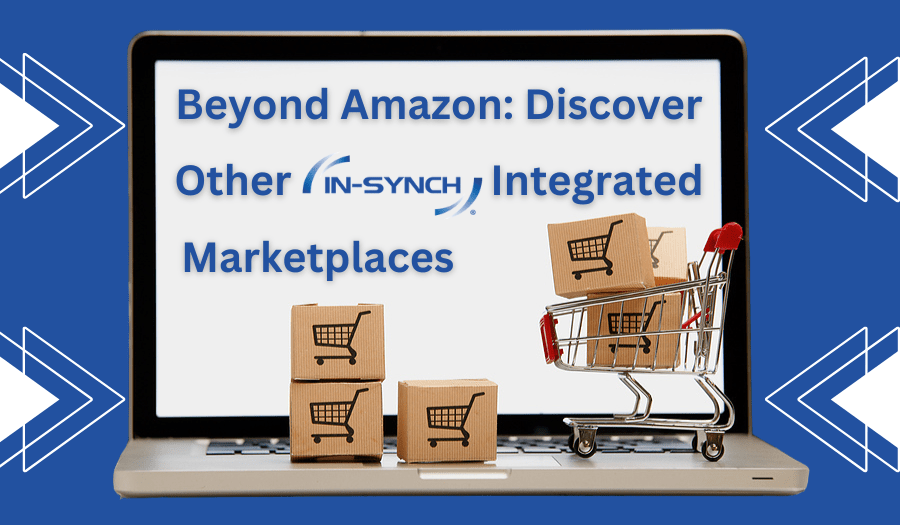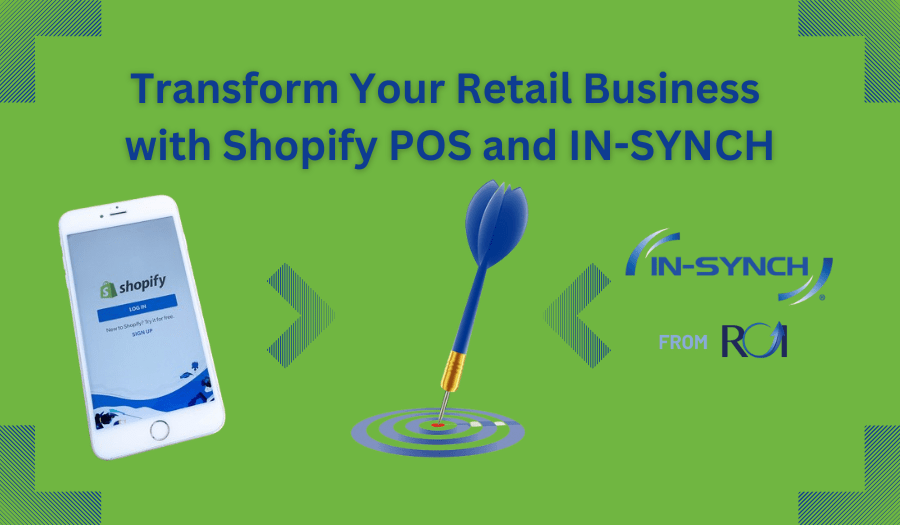By Ruth Richter • November 13, 2019
There’s no doubt the ecommerce industry is on a steady upward trend for growth. In fact, according to Statista, global ecommerce revenue will reach $4.88 trillion as soon as 2021. This is both good and bad news for existing ecommerce businesses. The good news? Business will continue to grow. The bad news? So will your competition. If you don’t find a way to set yourself apart, you could fall behind.
Over the next few months, we’re going to dig into some of the major ecommerce trends. The more applicable trends you can follow, the better positioned you’ll be for your slice of that $4.88 trillion pie.
Bringing Back the Middleman
While many businesses have spent time eliminating the “middleman,” finding ways to get products directly to customers is difficult without anyone extra involved who might cut into delivery time, or worse: profits. Some larger corporations—Walmart being one—have such a large network that these middlemen intermediaries are cut wherever possible and it doesn’t affect the business.
But what if we told you that for SMBs, there might be a middleman you’d want to consider?
The perk of a middleman—especially for SMB—is the opportunity to get hold of goods that would be otherwise impossible to obtain. Or, in the case of our first ecommerce trend to watch—dropshipping—goods that would be impossible to warehouse and ship.
Trend to Watch: Dropshipping
Dropshipping means the company that sells and processes the order isn’t necessarily the one that ships the order. At its most basic, an order comes through your website, you process the order and essentially buy the product wholesale from your supplier, who then ships it to your customer under your name while your business pockets the profit left over after paying the wholesaler.
When you think about it, this model isn’t much different than what you’d already be doing (buying a product from a wholesaler to sell at a profit to someone else), just without the warehouse space and associated overhead. This makes dropshipping a perfect option for ecommerce businesses that aren’t starting out with much capital. It’s also perfect for any ecommerce retailer selling large, bulky, or oddly-sized merchandise that takes up valuable space in a warehouse or store. With dropshipping, the item ships directly from the wholesale warehouse instead.
Dropshipping isn’t an option only relegated to SMB ecommerce businesses, however. According to the Wall Street Journal, even big box stores such as Home Depot and Macy’s have moved to a dropship model.
Perks of Being a Dropshipper
Aside from warehouse space, there are other perks to following the dropshipping model.
- Less capital tied up in inventory, since you’re only buying the product from the wholesaler when an order for that specific product is placed.
- No need for a warehouse big enough to store these products, or additional expenses to obtain more storage. You’re not storing the inventory, your dropshipping wholesaler is.
- Overhead costs are lower.
It’s true that dropshipping is a profitable model, and a growing one. According to the 2018 State of the Merchant eCommerce Report, 16.4 percent of surveyed online stores were using dropshipping. On top of that, the dropship model saw businesses reaching an annual revenue growth of more than 30 percent.
But it’s not a foolproof system: There are a few challenges that could derail your ecommerce business with very little effort if you have not fully vetted your dropship seller. When you rely on another company to ship the product sale you processed, you lose control over the timing and quality of a shipment.
A shipment that takes too long to arrive or shows up broken, incorrect, or incomplete will not affect the dropshipper in the eyes of the customer. It affects the customer’s business and experience with you. Make sure any dropship you work with is reliable, ethical, and follows an agreed-upon process for shipping and service.
Integrate Your Dropship Information with IN-SYNCH by ROI Consulting
Finally, in order to maintain high standards of customer experience and satisfaction, it’s crucial to find an accurate, real-time data synchronization tool that will keep order information flowing to your dropshipper and shipping information flowing immediately back to you.
With IN-SYNCH Sage 100 integration by ROI Consulting, you’ll have lightning-fast, bi-directional data synchronization between the ecommerce store, your Sage 100 ERP, the dropship location, shipping, and any other data source you can think of. As your business grows—whether that means you’re still using dropshipping or not—IN-SYNCH’s versatility means it can continue to expand into even more complex solutions to connect more data for your success.
Is dropshipping the ecommerce trend for you? Talk to a Sage 100 integration expert today and let us show you how IN-SYNCH and ROI Consulting can help you move solidly into the future.




